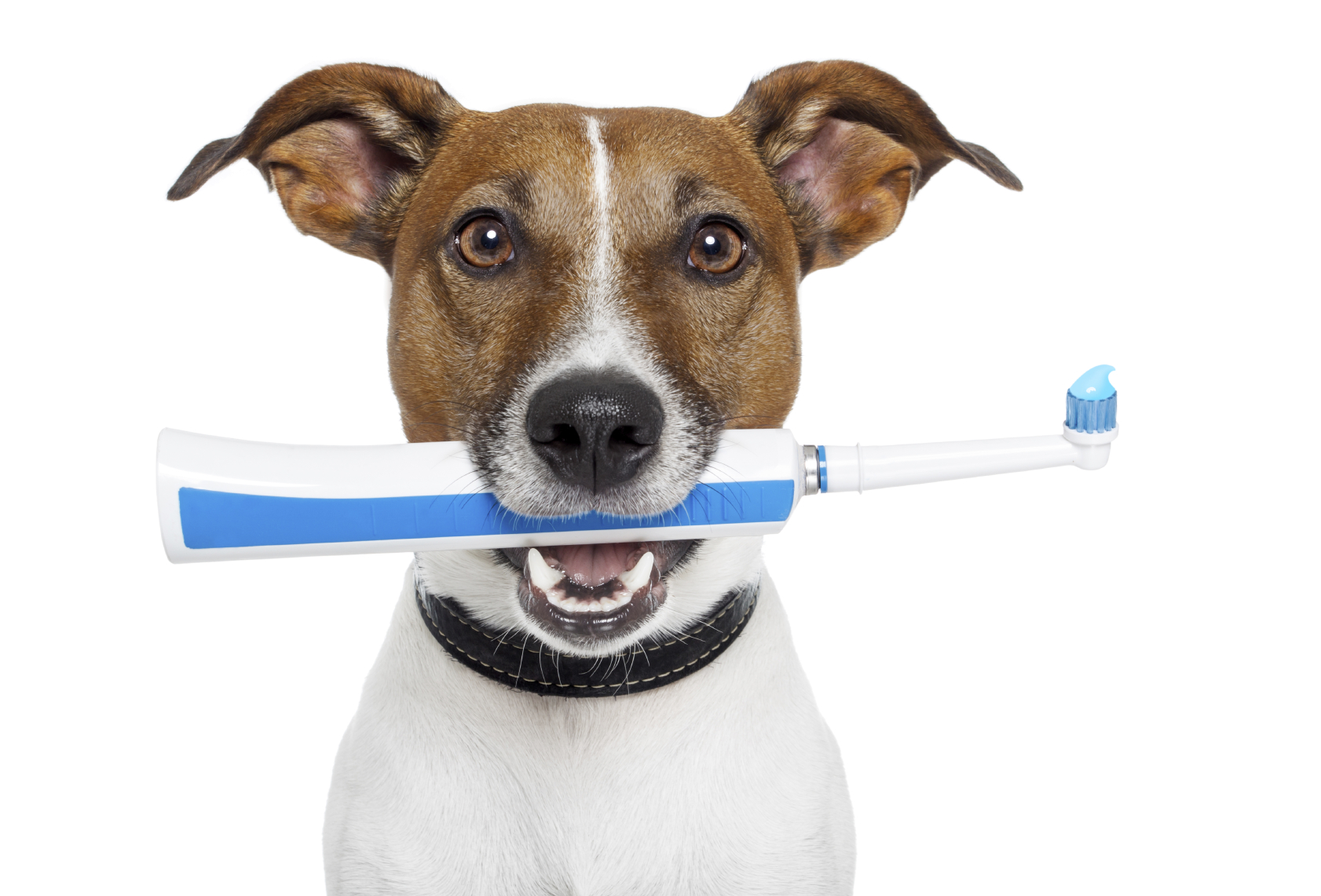
Good dental hygiene is crucial for your dog’s health. Neglecting oral care can lead to issues like bad breath, gum disease, and even serious infections that can affect your dog’s overall health. While brushing your dog’s teeth may seem like a daunting task, it’s quite manageable with the right approach. This guide covers everything you need to know about brushing your dog’s teeth safely and effectively.


Good dental hygiene is crucial for your dog’s health. Neglecting oral care can lead to issues like bad breath, gum disease, and even serious infections that can affect your dog’s overall health. While brushing your dog’s teeth may seem like a daunting task, it’s quite manageable with the right approach. This guide covers everything you need to know about brushing your dog’s teeth safely and effectively.
1. Understand Why Oral Hygiene is Important for Dogs
Oral health problems are common in dogs, and without regular brushing, plaque can build up, leading to tartar, bad breath, gum disease, and tooth decay. Severe gum disease can even cause bacteria to enter the bloodstream, affecting your dog’s heart, liver, and kidneys. Brushing your dog’s teeth regularly helps to:
- Reduce plaque and tartar buildup
- Prevent gum disease and tooth loss
- Improve breath
- Support overall health
Most veterinarians recommend brushing your dog’s teeth at least 2-3 times a week, if not daily, to maintain optimal dental health.
2. Choose the Right Tools for the Job
Using the right tools makes brushing easier and more effective. Here’s what you’ll need:
- Dog Toothbrush: These come in various styles, including long-handled brushes, finger brushes, and double-headed brushes. Choose one that you feel comfortable using and that suits your dog’s mouth size.
- Dog Toothpaste: Never use human toothpaste, as it contains ingredients like fluoride that are toxic to dogs. Dog-specific toothpaste comes in pet-friendly flavors like chicken or peanut butter, making it more appealing to them.
If it’s your first time brushing your dog’s teeth, Petamore offers a range of beginner-friendly toothbrush and toothpaste kits, perfect for Indian pet parents who want to start a dental care routine.
3. Start Slow and Get Your Dog Used to the Process
Introducing tooth brushing gradually can help your dog feel more comfortable. Here’s how to make them familiar with the idea:
- Introduce the Toothpaste Flavor: Start by letting your dog lick a bit of the dog toothpaste from your finger. Many dogs enjoy the taste, which makes them more receptive to brushing.
- Practice Handling Their Mouth: Get your dog used to having their mouth handled. Gently lift their lips and rub your finger along their gums and teeth to help them get comfortable.
- Introduce the Toothbrush Slowly: After a few days, introduce the toothbrush by allowing them to sniff and lick it. Gradually touch the brush to their teeth without brushing at first.
This slow approach helps reduce any anxiety and makes brushing a positive experience for your pet.
4. Find the Right Position
Finding a comfortable position is key to successful brushing. Here are some tips for positioning:
- Sit Beside Them, Not Over Them: Sit next to or slightly behind your dog rather than directly in front. This positioning is less intimidating and helps them feel at ease.
- Keep the Session Short: Aim for a quick 1-2 minute session initially. As your dog gets used to it, you can gradually increase the duration.
The goal is to make brushing a calm, stress-free experience for both you and your dog.
5. Brush in a Circular Motion
When you’re ready to brush, follow these steps:
- Lift the Lips Gently: Lift your dog’s lips to expose their teeth. Start with the outer surfaces of the teeth, as these are the most accessible.
- Brush in Small Circles: Using gentle, circular motions, focus on the gum line where plaque tends to build up. Avoid pressing too hard, as their gums may be sensitive.
- Work in Sections: Start with a small section of the mouth, then move to other areas. Don’t worry if you can’t brush every tooth on the first try; consistency is key.
After brushing, reward your dog with a treat or praise to reinforce positive behavior.
6. Focus on the Outer Surfaces of the Teeth
Most plaque buildup occurs on the outer surfaces of your dog’s teeth. Concentrate on brushing these areas, as dogs often resist having the inner surfaces cleaned. While it’s ideal to brush all areas, focusing on the outer surfaces will still help prevent plaque and tartar buildup.
7. Reward Your Dog After Each Session
Positive reinforcement is essential for making tooth brushing a routine your dog looks forward to. After each session, reward your dog with a small treat, a belly rub, or playtime. This helps them associate brushing with a positive experience and makes future sessions easier.
8. Use Dental Chews and Toys as Supplements
While brushing is the best way to clean your dog’s teeth, dental chews and toys can be great supplements for maintaining oral health. These products help scrape away plaque and keep your dog’s gums healthy:
- Dental Chews: Look for vet-approved dental chews designed to reduce plaque and freshen breath.
- Chew Toys: Durable toys like rubber or nylon chews encourage chewing, which can help clean teeth naturally.
Remember, chews and toys are only supplements, not replacements for brushing. Daily or weekly brushing remains the most effective way to maintain dental health.
9. Schedule Regular Dental Check-Ups
Even with regular brushing, it’s essential to have your dog’s teeth checked by a vet. Many dogs, especially smaller breeds, are prone to dental issues that may require professional cleaning. Your vet can assess your dog’s dental health, remove stubborn tartar, and identify any issues early.
Routine dental check-ups combined with home brushing provide the best protection against dental disease.
Common Challenges and Solutions
Brushing a dog’s teeth isn’t always easy, especially if they’re not used to it. Here are some common challenges and tips for overcoming them:
- Resistance to the Brush: If your dog resists the toothbrush, start with a finger brush or use a gauze-wrapped finger to clean their teeth.
- Sensitive Gums: If your dog’s gums seem sensitive, use a soft-bristled brush and avoid brushing too hard.
- Nervousness or Anxiety: Some dogs may be anxious about brushing. In this case, try using a calming pheromone spray around the brushing area or choose a quieter room.
With patience and persistence, most dogs become comfortable with brushing, especially if you reward them consistently.
Final Thoughts
Brushing your dog’s teeth may feel challenging at first, but it’s a vital part of keeping them healthy and happy. By following these steps, you can make brushing a regular part of your dog’s routine, ensuring they maintain good oral health and a bright smile. Remember, start slow, be patient, and always use positive reinforcement to create a stress-free experience.
For high-quality dog dental care products, including toothbrush kits, toothpaste, and dental chews, visit Petamore. We offer a selection of pet-safe items specifically designed to make dental care easy and effective for Indian pet parents.




